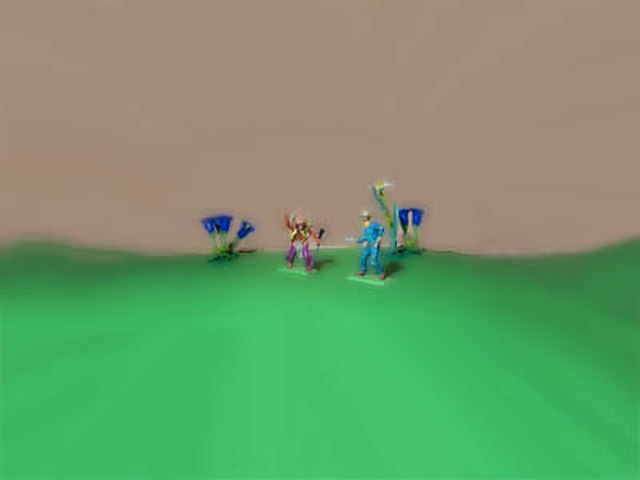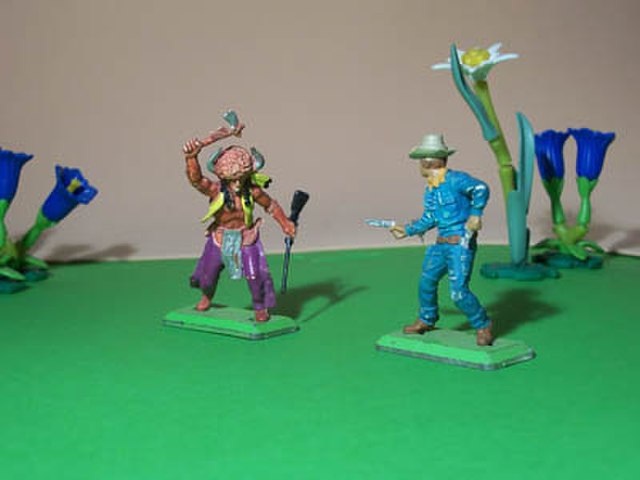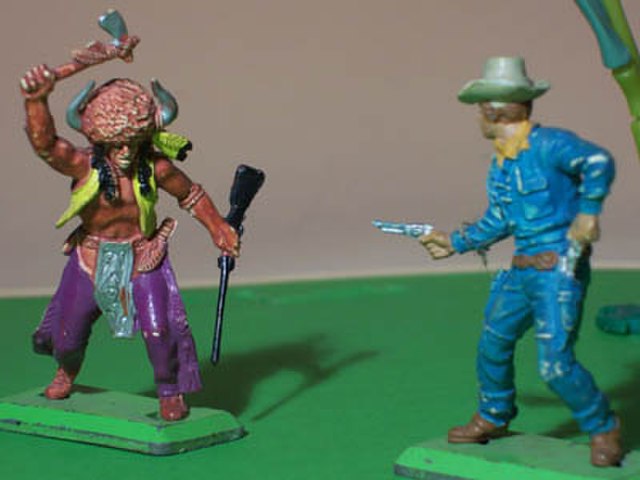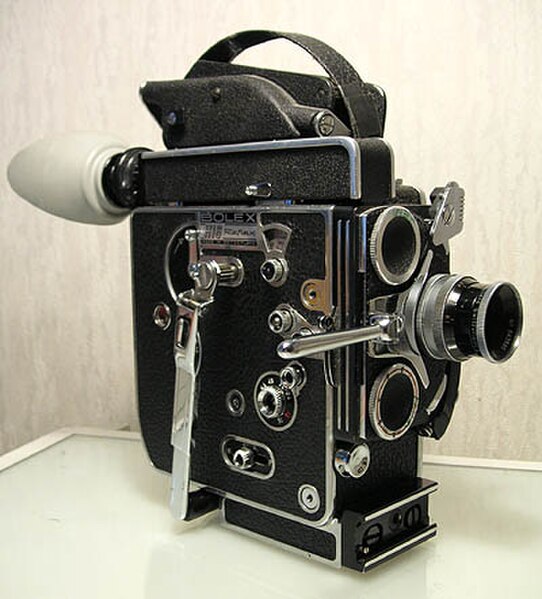In filmmaking and video production, a shot is a series of frames that runs for an uninterrupted period of time. Film shots are an essential aspect of a movie where angles, transitions and cuts are used to further express emotion, ideas and movement. The term "shot" can refer to two different parts of the filmmaking process:In production, a shot is the moment that the camera starts rolling until the moment it stops.
In film editing, a shot is the continuous footage or sequence between two edits or cuts.
Extreme long shot
*Long shot
*Full shot (figure shot, complete view, medium long shot)
American shot (3/4 shot)
A film – also called a movie, motion picture, moving picture, picture, photoplay or (slang) flick – is a work of visual art that simulates experiences and otherwise communicates ideas, stories, perceptions, feelings, beauty, or atmosphere through the use of moving images. These images are generally accompanied by sound and, more rarely, other sensory stimulations. The word "cinema", short for cinematography, is often used to refer to filmmaking and the film industry, and the art form that is the result of it.
An Anschütz electrotachyscope American Scientific, 16/11/1889, p. 303
A famous shot from Georges Méliès Le Voyage dans la Lune (A Trip to the Moon) (1902), an early narrative film and also an early science fiction film
Salah Zulfikar, one of the most popular actors in the golden age of Egyptian Cinema
This 16 mm spring-wound Bolex "H16" Reflex camera is a popular entry level camera used in film schools.








